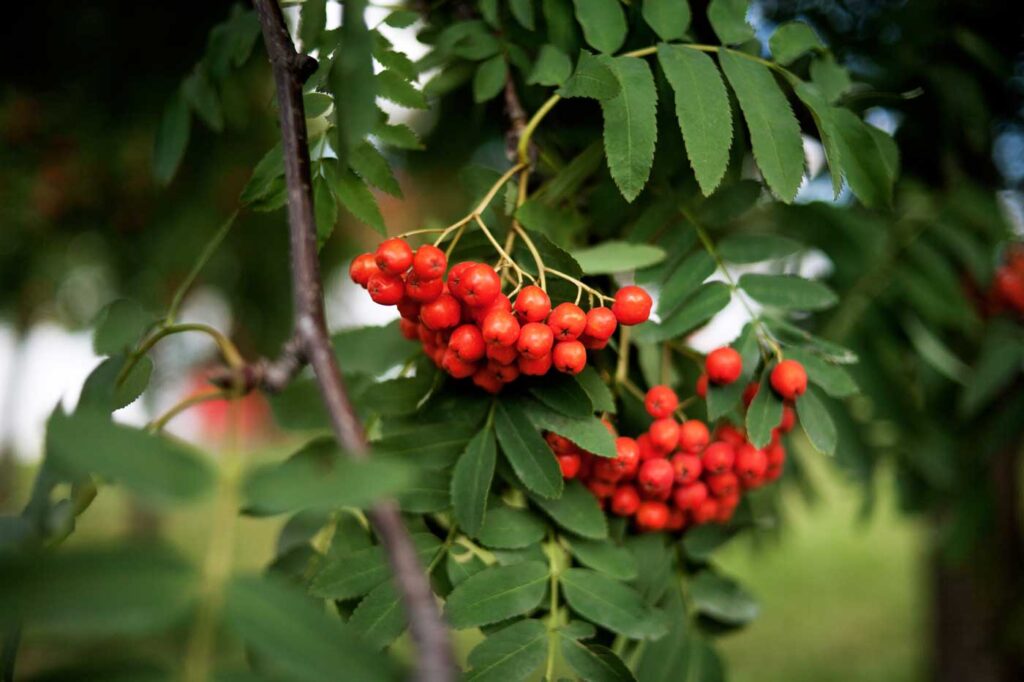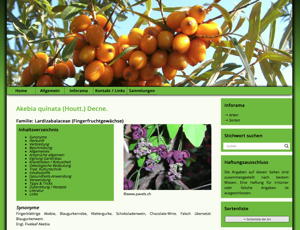Wild fruit
Wild fruit
Apples, pears, and other cultivated fruits have been bred since the advent of human settlement. Through observation and selection, thousands of apple varieties have emerged worldwide. Modern apples bear little resemblance to their wild counterparts. Due to the focus on characteristics such as uniform ripening, sweetness, mildness, and good transport and storage capabilities, the genetic diversity has diminished significantly. Today, the apples traded on the global market can be traced back to a few varieties.
In contrast, wild fruits are the fruits of trees or shrubs that have undergone less breeding compared to those intended for mass production. As a result, they have preserved their „wild“ characteristics to this day. This includes a high content of vitamins and minerals, as well as bitter compounds that need to be reduced during preparation.
Thorns and spines indeed make the harvesting process more challenging.
The irregular ripening of wild fruits often requires multiple harvests, among other reasons, which is why wild fruits have struggled to gain popularity or have been forgotten in our regions.
Wild fruits are typically processed in a similar manner to fruits from other cultivated species. This is especially true for species that do not contain bitter compounds or have undergone some degree of selective breeding, such as the cornelian cherry and various elderberry varieties. However, for species that have retained their „wild“ character more strongly, some pre-treatment is necessary before processing. Therefore, we will provide some tips and tricks to ensure that the resulting products are enjoyable to eat. The accompanying folding table shows which wild fruits are suitable for different types of preparation.
What is wild fruits?
Wild fruits that can be collected in forest and roadside areas, meadows, and moors, and are edible, are commonly referred to as wild fruit. This form of wild fruit is limited to a few species such as elderberry, blueberry, cranberry, blackberry, raspberry, or wild strawberry.
However, the term goes much further.
Wild fruit refers to fruits, nuts, or leaves (e.g., blueberry leaves used as a medicinal remedy) from fruit species that have undergone little or no breeding. The boundary between wild and cultivated fruit is often blurred for certain species.
Wild fruit is also commercially grown and utilized, although to a much lesser extent than cultivated fruit. Examples include aronia or blueberry plantations.
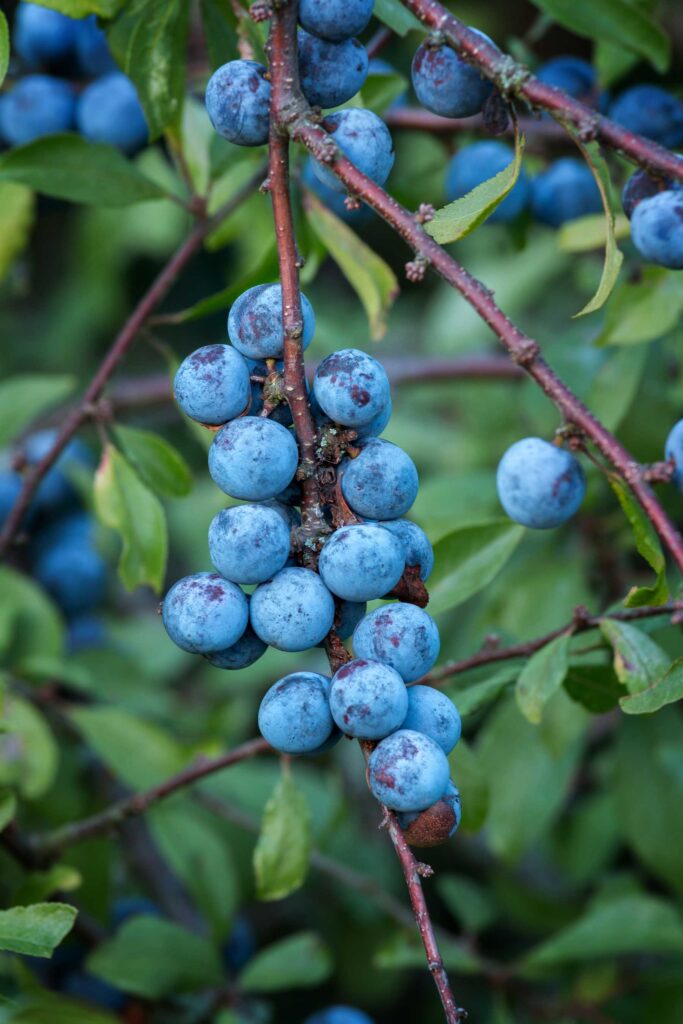
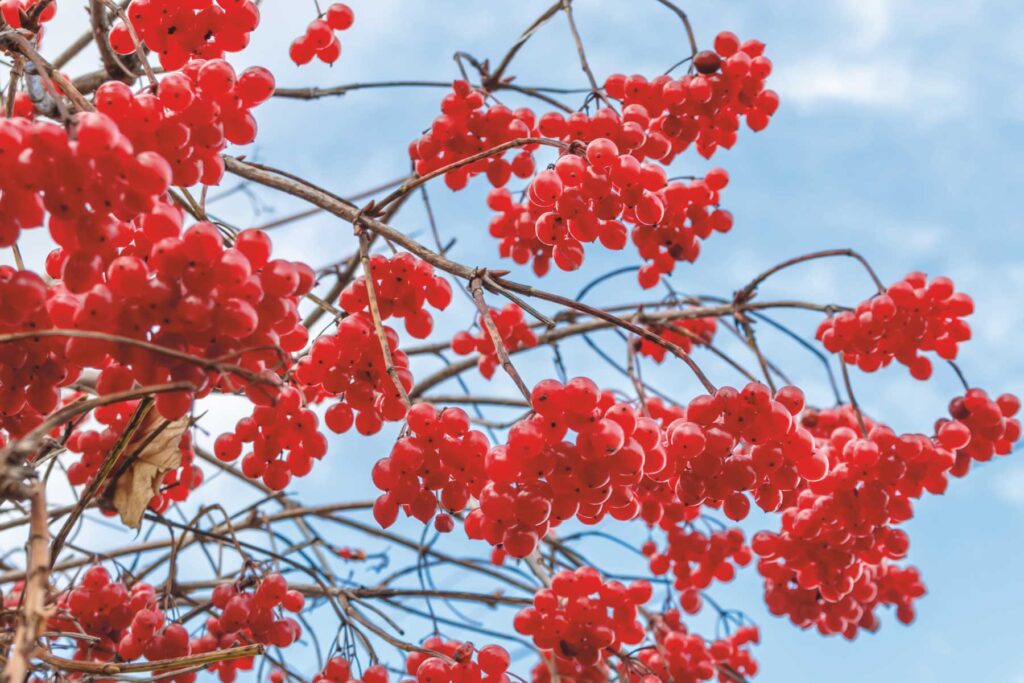
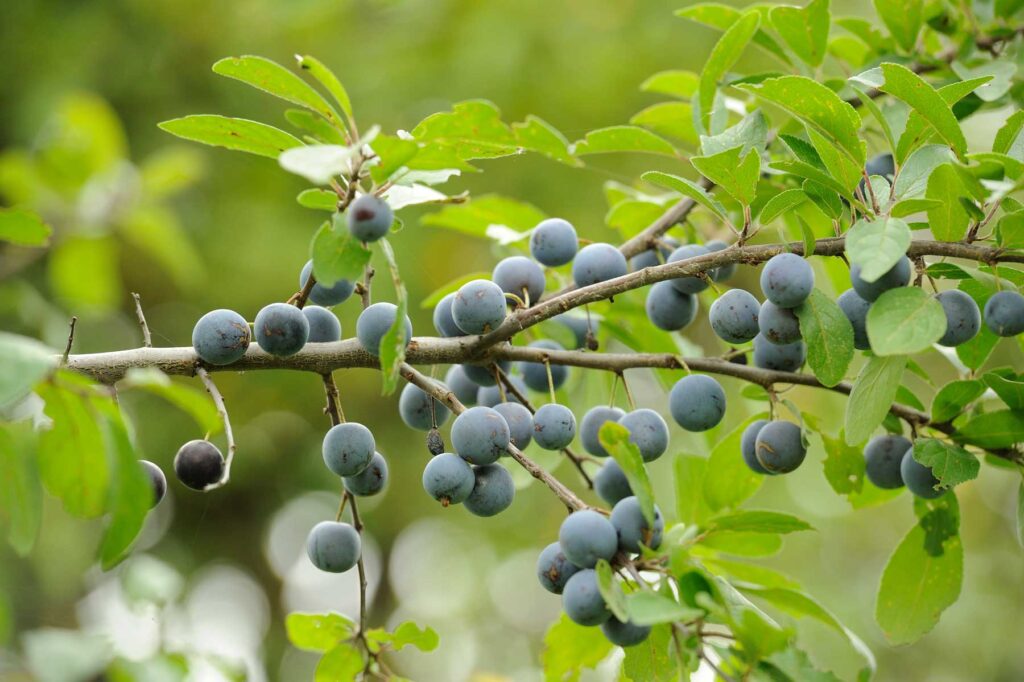
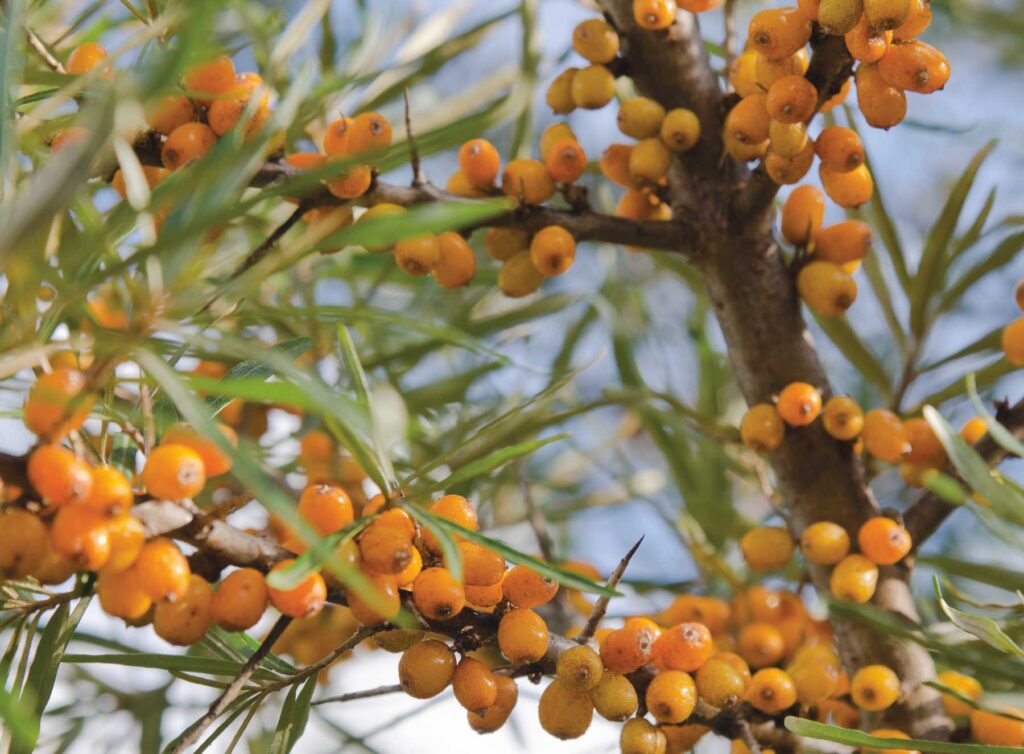
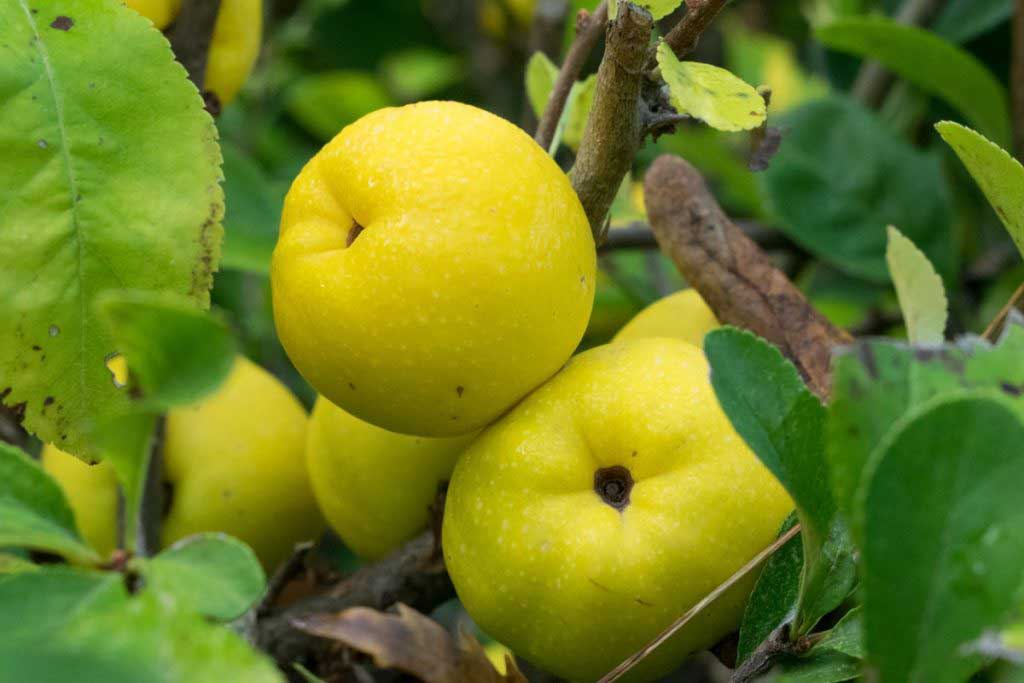
Which species are considered wild fruits?
Depending on the emphasis and criteria used, the classification of wild fruits can vary.
Botanisch
Botanically speaking, wild fruits are woody plant species that have not undergone significant breeding and can be propagated through seeds. Their fruits are edible for humans.
Breeding
Wild fruit refers to trees and shrubs that grow in a wild or semi-wild state and have edible fruits. These plants are usually not extensively cultivated or subjected to significant breeding efforts. The term „wild fruit“ can also include cultivated varieties whose fruits closely resemble those of wild species.
Conversely, wild fruit can also refer to species whose agricultural or breeding value has not yet been fully recognized. These are plants that have not been extensively cultivated or developed for their fruit-bearing potential.
Ecologically
Woody plant species in the natural landscape whose fruits serve as food for wildlife, including wild animals, birds, and small mammals, and are occasionally used by humans as well.
Geografically
Foreign species that are mainly used as ornamental plants in Central Europe are also considered part of wild fruit. A diverse mixture of well-known and lesser-known ornamental, productive, and wild-growing woody plants, whose fruits can be utilized by humans, are classified as wild fruit.
The extent of breeding efforts and the intensity of utilization contribute to the distinction between wild fruit and cultivated fruit.
Archäophyten, Neophyten, Xenophyten
Indeed, throughout history, seeds and plants have been introduced to different regions. In ancient times, the Greeks and Romans, for example, played a significant role in bringing and establishing many plants across the Alps in Europe.
Xenophytes are non-native plant species that have been intentionally or unintentionally introduced by humans into an area where they do not naturally occur and have successfully established themselves.
Archaeophytes are non-native plants that were introduced before 1492. Many of them include weeds found in agricultural fields as they were dispersed along with the cultivated crops.
Neophytes are plant species that were introduced after 1492, following the discovery of America. They have become so well-established that they reproduce and behave like native species.
Invasive species are non-native species that spread rapidly and aggressively, often outcompeting native species in their characteristic habitats. They can have a negative impact on ecosystems, as they disrupt the balance of native species and ecosystems processes. Their rapid expansion can lead to the displacement or even extinction of native species, altering the biodiversity and functioning of the ecosystem.
